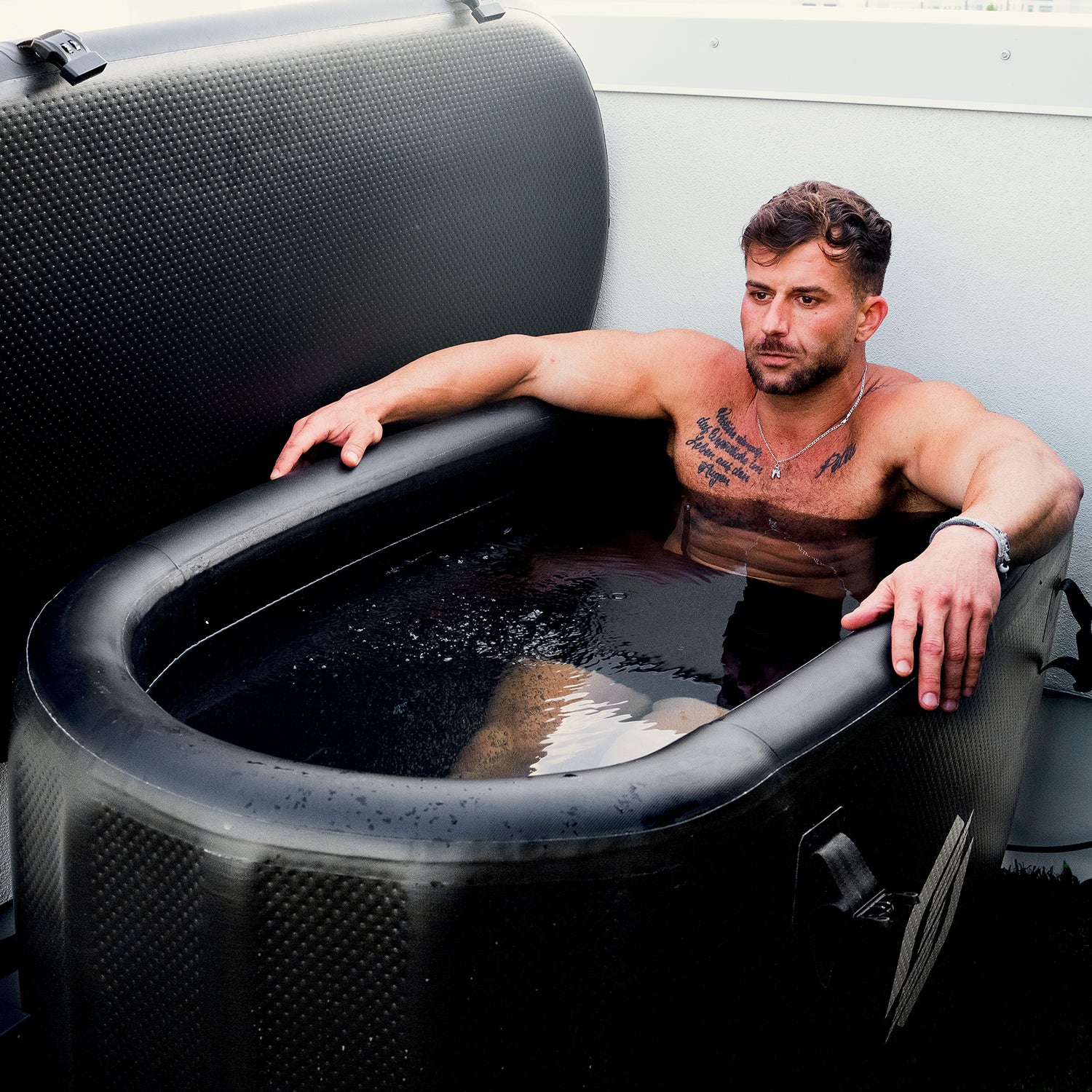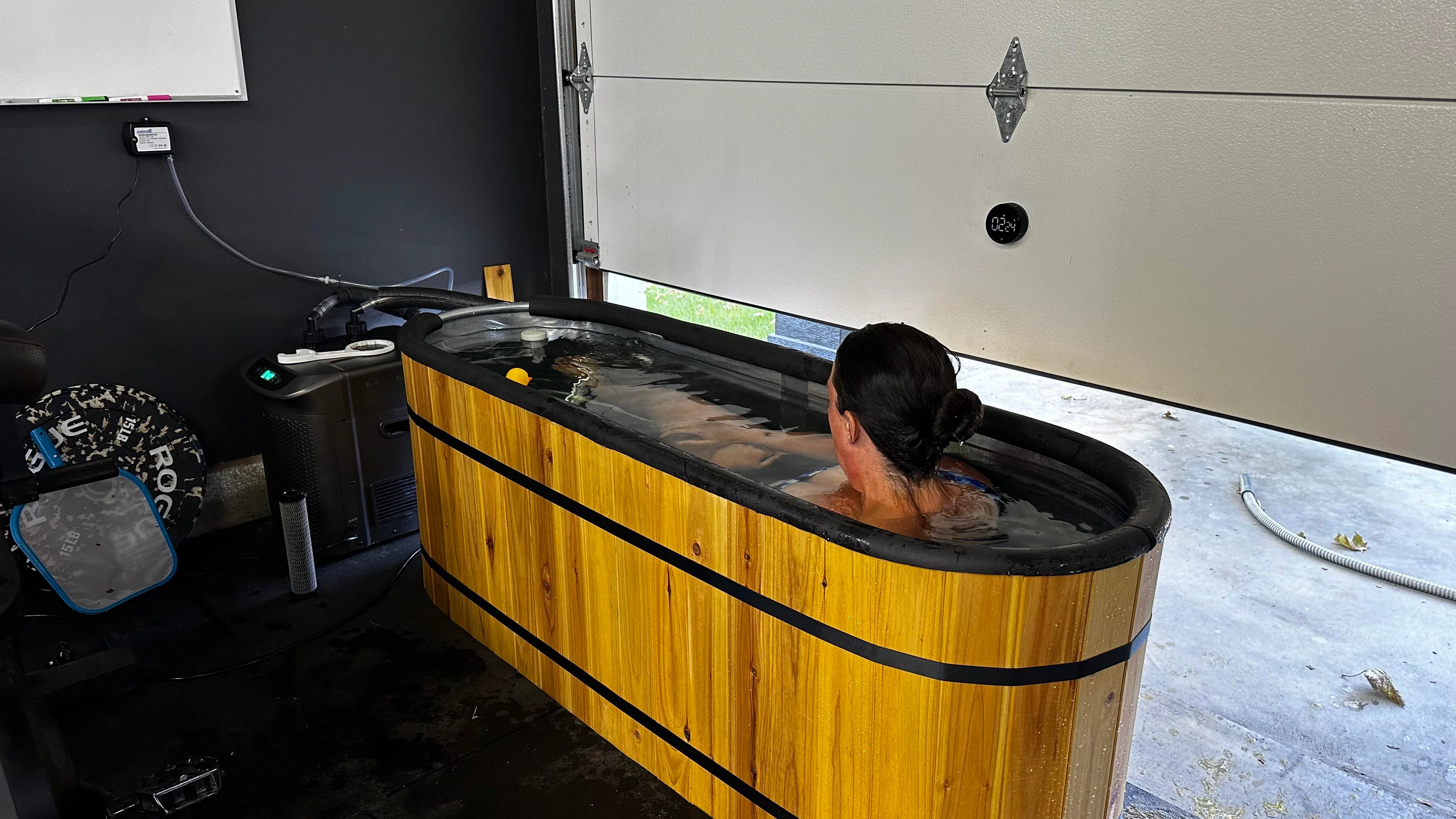Cold plunge therapy has gained immense popularity for its numerous health benefits, ranging from faster muscle recovery to improved mental well-being. However, one of the challenges with traditional cold plunge tubs is their weight, which can make them difficult to transport and store. This is where lightweight cold plunge tubs come in. Designed for easy handling and portability, these tubs offer all the benefits of cold therapy without the hassle of heavy lifting.
In this article, we’ll explore the benefits of lightweight cold plunge tubs, the best materials used to make them, and provide tips on how to choose the right one for your needs. Whether you’re an athlete, wellness enthusiast, or just someone interested in cold water immersion, this guide will help you make an informed decision.

Why Choose a Lightweight Cold Plunge Tub?
Lightweight cold plunge tubs are an ideal choice for those who prioritize ease of use and portability. Here are some of the main reasons why you might want to opt for a lightweight model:
1. Easy Handling
Unlike traditional cold plunge tubs, which can be cumbersome and difficult to move, lightweight tubs are made from materials that are easy to lift and transport. This makes them ideal for people who need to set up and take down their tub frequently or move it between locations.
2. Portability
If you enjoy taking your cold plunge therapy on the go, a lightweight tub is perfect for you. Whether you’re traveling for a sporting event or simply want to enjoy a cold plunge in your backyard and then store it away, lightweight tubs are designed for convenience.
3. Space-Saving Design
Many lightweight cold plunge tubs are designed with collapsibility or easy storage in mind. This means you can enjoy the benefits of cold therapy without dedicating permanent space in your home or yard to a heavy, cumbersome tub.
Learn more about space-saving cold plunge options here.
Common Lightweight Materials Used in Cold Plunge Tubs
The materials used in a cold plunge tub can significantly affect its weight, durability, and ease of handling. Here are some of the most common materials used in lightweight cold plunge tubs:
1. PVC (Polyvinyl Chloride)
PVC is a popular material for lightweight cold plunge tubs due to its durability and flexibility. It is strong enough to hold large volumes of water while remaining light and easy to move. PVC is also resistant to mold and mildew, making it a great choice for cold plunge tubs.
2. Polypropylene
Another material often used in cold plunge tubs is polypropylene. It’s lightweight, resistant to chemical and UV damage, and can handle both hot and cold temperatures. Its resilience and versatility make it an excellent choice for portable cold plunge tubs.
3. TPU (Thermoplastic Polyurethane)
TPU is a material known for its flexibility and strength. It’s often used in high-quality inflatable cold plunge tubs because it provides a good balance between durability and lightweight characteristics. TPU is also environmentally friendly, which makes it a preferred choice for those looking to reduce their carbon footprint.
Find out more about sustainable cold plunge options.

Benefits of Cold Plunge Therapy
Cold plunge therapy offers numerous health benefits. By immersing yourself in cold water, you can experience a range of positive effects that are beneficial for both body and mind.
1. Muscle Recovery
One of the most well-known benefits of cold plunge therapy is muscle recovery. Cold water helps reduce inflammation, decrease muscle soreness, and improve circulation. Athletes often use cold plunges after intense workouts to help their bodies recover more quickly.
2. Improved Circulation
When you immerse yourself in cold water, your blood vessels constrict, which helps improve circulation. This improved blood flow can help to flush out toxins and boost the delivery of nutrients to your muscles and organs.
3. Stress Reduction
The shock of cold water immersion can help stimulate the release of endorphins, which are the body’s natural stress relievers. Regular cold plunge therapy can help reduce anxiety, improve mood, and increase resilience to stress.
4. Enhanced Immune System
Cold plunge therapy can also help boost your immune system by stimulating the production of white blood cells. This increased immune response can help your body fight off infections and stay healthier.
Explore more benefits of cold water therapy here.
How to Choose the Right Lightweight Cold Plunge Tub
With so many options available, choosing the right lightweight cold plunge tub can be overwhelming. Here are some factors to consider when making your choice:
1. Size and Capacity
Consider how much space you have available and how many people will be using the tub. Some lightweight cold plunge tubs are designed for individual use, while others are large enough for multiple people. Make sure to choose a tub that meets your needs without taking up too much space.
2. Ease of Set-Up
One of the key features of a lightweight tub is its ease of set-up. Look for a model that can be quickly inflated or assembled without the need for complex tools or lengthy instructions.
3. Durability
While you want a lightweight tub, you also want one that’s built to last. Look for materials like PVC or TPU that are resistant to punctures and wear and tear. A tub with a reinforced base can also help prevent leaks and increase durability.
4. Portability Features
If you plan to move your cold plunge tub frequently, make sure it comes with features that make transport easier, such as handles or a carrying case. The weight of the tub when deflated should also be considered to ensure it’s easy to move around.
Check out more portable cold plunge tubs here.

Frequently Asked Questions
Lightweight cold plunge tubs typically weigh between 10 to 30 pounds when empty, depending on the materials used and the size of the tub. This makes them easy to transport and store.
Yes, lightweight cold plunge tubs can be used both indoors and outdoors. Just ensure that the area where you place the tub is waterproof and that there is enough space for safe use.
The ideal temperature for a cold plunge is between 50°F (10°C) and 59°F (15°C). This range is cold enough to provide the benefits of cold therapy without causing too much discomfort.
For optimal results, cold plunge therapy can be done 2-3 times per week. However, some people may choose to use it daily, especially after intense physical activity.
Conclusion:
Lightweight cold plunge tubs are an excellent solution for those who want to enjoy the benefits of cold water immersion without the hassle of dealing with a heavy, cumbersome tub. Made from durable yet lightweight materials like PVC, TPU, and polypropylene, these tubs are designed for easy handling, portability, and convenience.
Whether you’re an athlete seeking faster muscle recovery or just someone who enjoys the invigorating effects of cold therapy, a lightweight cold plunge tub can be a great addition to your wellness routine. With the right materials, size, and features, you can find the perfect tub that fits your needs and lifestyle.
For more information on choosing the right cold plunge tub for you, be sure to visit related websites and continue your journey towards better health and well-being.





